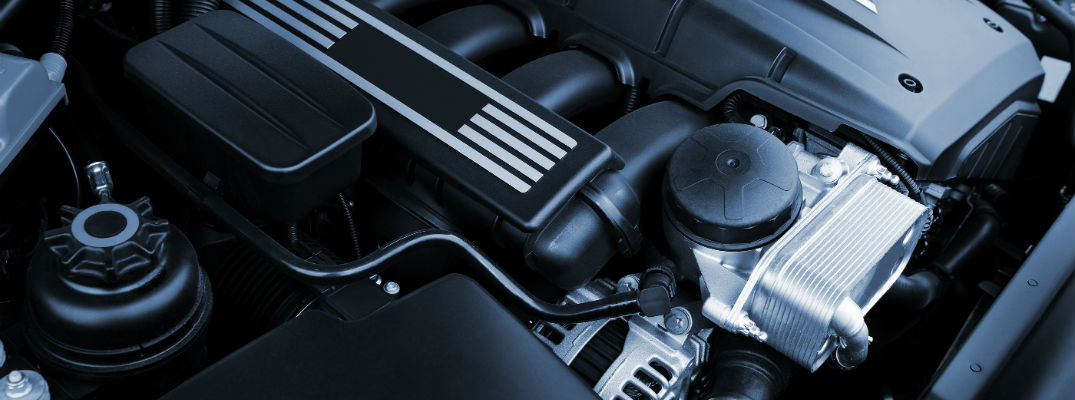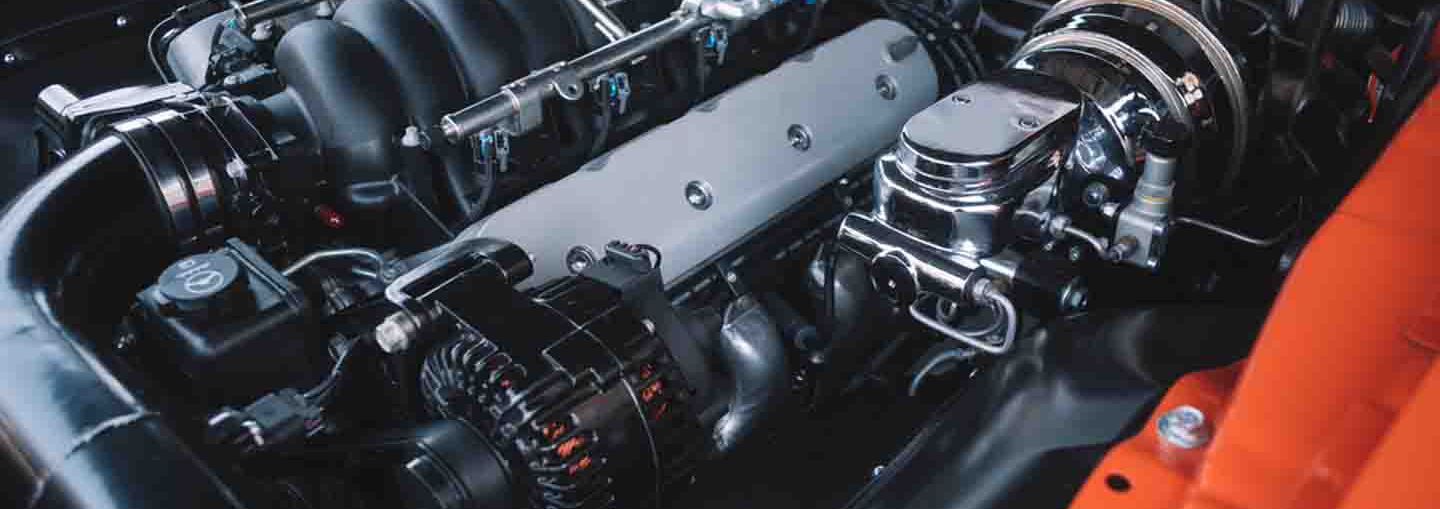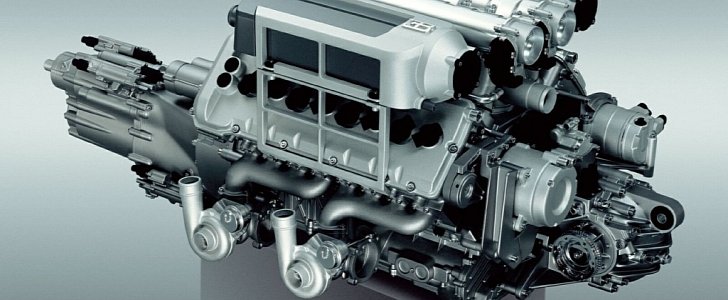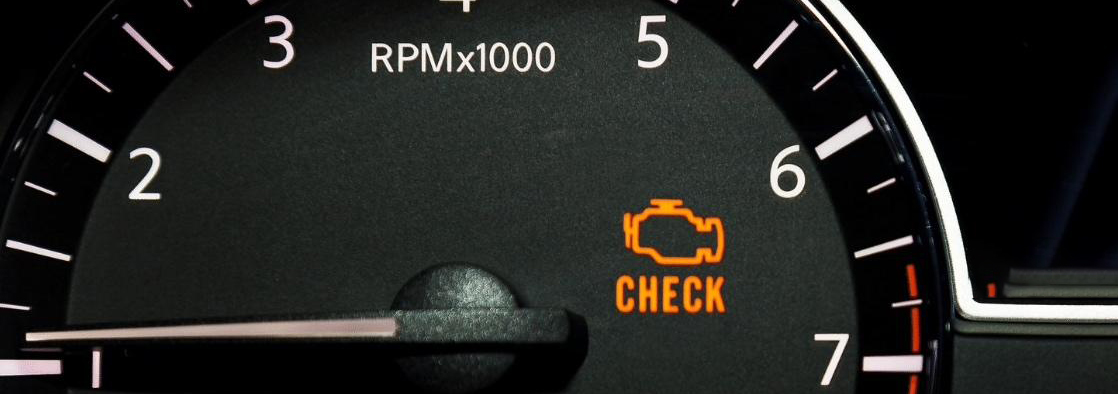
Engine misfire is a common failure in automotive engines. It refers to the symptom of insufficient or no combustion of the mixture in the cylinder. The trouble happens due to abnormal ignition system, fuel system, cylinder pressure or other reasons. It is harmful to the vehicle and the environment. We should solve this problem in time.
1. Classification
Engine misfires are divided into partial misfires and complete misfires according to types of abnormal combustion. Partial misfire means that the air-fuel mixture does not burn completely in the cylinder. Complete misfire means that the mixture does not burn in the cylinder to do work.
It can be divided into continuous misfire and single misfire according to the frequency of misfire in the work cycle. When the continuous misfire occurs, it happens continuously in the engine's working process. When the single misfire occurs in the engine, the faulty cylinder sometimes works normally and sometimes doesn't.
2. Reasons
The symptom of the engine misfire is that a cylinder (or multiple cylinders) does (or do) not work or work poorly. The main causes of the issue are the following.
● Ignition system
Wrong ignition timing, abnormal spark plug gap, carbon deposits, breakdown, high voltage wire leakage, broken and short circuit in the ignition coil, failure of the ignition module and wiring, etc.
● Fuel system
Low or high fuel pressure, broken or short circuit in the injector coil, mechanical stalling, etc.
● Air intake system
Clogged air filters, air leaks in the system, etc.

3. Monitoring
The engine misfire is common in daily life, and it can be tricky. Therefore, most engines have a misfire monitoring function that illuminates the fault light.
In order to protect the relevant engine components and reduce environmental pollution, it stops fuel injection from the faulty cylinder when the misfire occurs.
There are many ways of misfire inspection. Specifically, it can be divided into several types: crankshaft speed fluctuation monitoring, in-cylinder pressure monitoring, ignition feedback monitoring, and ion current monitoring.
① Crankshaft speed fluctuation monitoring
When the engine is working, the crankshaft has acceleration and deceleration due to compression and working stroke. The misfire will make the cylinder not normally work, making the engine lack a due acceleration process. This leads to large fluctuations in speed.
The crankshaft position sensor can diagnose misfires by analyzing the irregularity of speed fluctuations. The engine can then be combined with the sensor to determine which cylinder the misfire occurs.
This monitoring type is simple and easy to use. It is widely adopted by lots of vehicles. However, the application condition is harsh. For example, the engine speed and output torque may fluctuate to different degrees during bumpy roads, rapid acceleration and deceleration.
A precise internal algorithm is necessary to avoid misjudgment in order to determine whether the misfire monitoring should be carried on.
② In-cylinder pressure monitoring
As the pressure in the engine cylinder is directly related to combustion, it is possible to determine whether the engine misfires by detecting changes in the cylinder pressure.
This type is characterized by the engine's high speed and under heavy load conditions. The cylinder pressure of the misfire is very different from the normal cylinder pressure. The misfire is easy to monitor.
This difference in cylinder pressure is not significant enough at low speeds and low loads, so it is necessary to compare the actual in-cylinder effective average pressure (IMEP) with the average effective pressure at normal combustion to derive the combustion condition and determine whether the misfire occurs.
This is the most basic and accurate way of monitoring. However, it requires a costly pressure sensor on each cylinder, and the installation is not easy.

The IMEP data for normal engines under various operating conditions is not readily available, so it is not popular in vehicle applications.
③ Ignition feedback monitoring
Gasoline engines use electric spark ignition at the end of the compression stroke. If the ignition system does not work correctly, it will cause the combustible mixture not to burn and do work.
The problem causes fuel waste and leads to damage to the three-way catalytic converter due to overheating and exhaust emissions exceeding the standard.
Therefore, in the ignition system of Toyota and other vehicles, the ignition feedback system is used, which collects the voltage induced by the primary ignition coil or secondary coil during ignition as a signal. Next, it sends an "IGF" feedback signal of successful ignition to the engine control unit (ECU) after collation.
If the ECU does not receive the "IGF" signal several times in a row, it is considered that this cylinder's ignition is unsuccessful and in a misfire state. It stops the faulty cylinder's injection to avoid overheating the catalytic converter and exhaust pollution.
④ Ion current monitoring
This new misfire monitoring uses the spark plug electrodes as sensors. When the spark plug is working, ions and free electrons are generated during the combustion in the engine cylinder.
The continuous ionic current is created between the electrodes by applying a DC bias voltage between the positive and negative spark plug electrodes.
The ionic current change is related to the crankshaft angle and the combustible mixture in the cylinder. The ionic current change will be checked, and the cylinder normally works when the ionic current change is compared. You can determine whether the corresponding cylinder fails.

First of all, the engine determines which cylinder or cylinders is or are misfiring. Connect the fault diagnostic device, and check the trouble codes of the misfiring when the engine is running.
Pay attention to the dynamic data flow of the diagnostic device to monitor the specific misfiring of the faulty cylinders.
If you can't get the basic information through the diagnostic instrument, you can use the "cylinder break" method. That is when the engine is working, artificially stop the working cylinder (for example, temporarily stop a cylinder's fuel injection or ignition).
If the engine speed decreases significantly after the cylinder is broken or shaking, the cylinder can be judged to work well. If the engine speed doesn't decrease too much after the cylinder is faulty, the cylinder can be judged to work abnormally.
Check whether the cylinder's spark plug is normal. Check the gap, carbon deposits and leakage. Check if the spark plug is faulty. Replace it to solve the problem.
If the spark plug has no problem, we can do the high-pressure jump fire test. If the spark is weak or there is no spark, we can overhaul the ignition system's power supply, high voltage wire, ignition coil and other components. Replace the faulty parts according to the overhaul results.
If the ignition system is normal, you can use a stethoscope against the injector body when the engine is working to check whether the injector has a vibration. We check the injector resistance, plug, wiring, and ECU if there is no sound.
If you can hear the sound, it does not mean that the injectors work entirely normal. The injector may still have issues such as blockage, dripping, poor atomization, abnormal fuel injection and other mechanical problems, leading to engine misfires.
This fault can be removed by using the injector cleaning machine to clean and check the injector. If the improvement is still not obvious after cleaning, the injectors should be replaced. In addition, using the injector-free cleaning before disassembly and inspection is also a good try.
If the ignition system and fuel system have no problem, the cylinder pressure can be tested by the standard process of detecting cylinder pressure.
If the cylinder pressure is lower than the specified value, the engine should be checked for blockage of the air exchange system, carbon deposits.

Check if the timing transmission mechanism has jumping teeth. If necessary, the engine should be detached for further inspection and repair.
Sometimes the misfire is minor and discontinuous, which makes the diagnosis difficult. In this case, the parameters affecting the formation of the mixture and combustion (e.g. fuel injection, air intake, ignition timing, fuel pressure, oxygen sensor, water temperature, etc.) can be checked with the aid of a diagnostic instrument.
If necessary, the relevant sensors, actuators and wiring affecting the fuel supply and ignition can be examined with the aid of an oscilloscope. The fault can be identified through data analysis and experience.
Sometimes the misfire does not really exist, but a problem with the monitoring. This causes the check engine light to illuminate. If the system uses the crankshaft speed fluctuation monitoring, it uses the specific function to learn in order to eliminate the false alarm.
 Lauritz Carolsfeld
Lauritz Carolsfeld  January 17, 2022
January 17, 2022